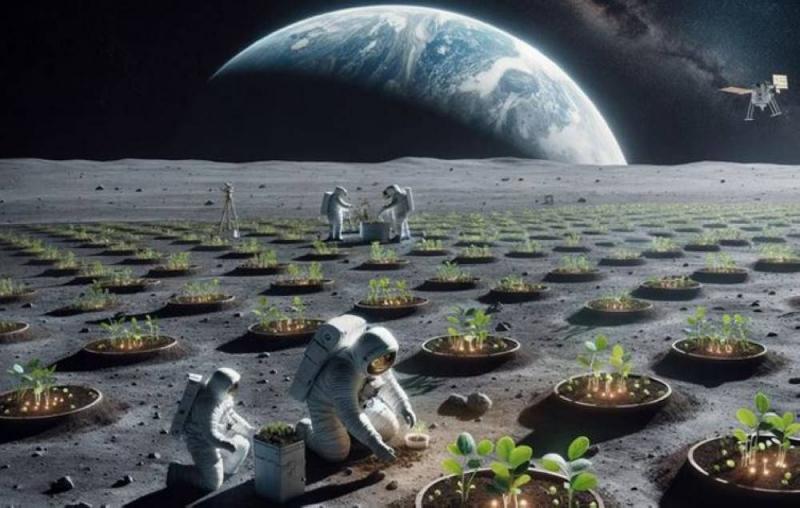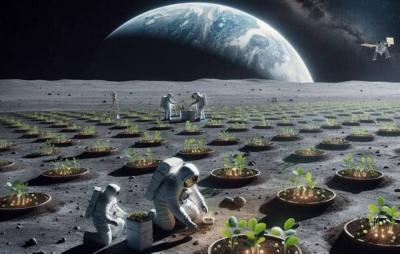The American agency "NASA" recently announced its intention to begin agricultural projects on the moon. The experiment, which will take place under the "Artemis - 3" lunar mission, is named LEAF (Lunar Effects on Agricultural Plants). Naturally, no one will plant anything in the open lunar soil; instead, the plants will grow and develop (if they exist) inside a small greenhouse. However, the greenhouse itself will be located in an exposed area, as the scientists note. NASA stated, "LEAF will be the first experiment to monitor the photosynthesis process, growth, and plant responses to stress under conditions affected by cosmic radiation and partial gravity." Based on the data collected, scientists are attempting to understand whether plants grown on the moon are edible or not and to study the benefits of long-term settlements that humans still intend to establish on the moon.
At the same time, researchers are conducting experiments on Earth that simulate conditions on the moon and Mars, asserting that off-Earth agricultural activities are entirely feasible. For example, researchers from Wageningen University in the Netherlands, under the supervision of researcher Veijer Wamelink, first prepared lunar and Martian soil using the available data and then planted a variety of vegetables, including tomatoes, radishes, peas, onions, leeks, spinach, peppers, arugula, quinoa, and garlic. The soil from the Arizona desert served as the basis for lunar soil, while Martian soil was derived from volcanic ash. The harvest was collected everywhere, but the vegetables grew larger on Mars compared to the moon. It was found that the soil of the neighboring red planet is more fertile than lunar soil.




